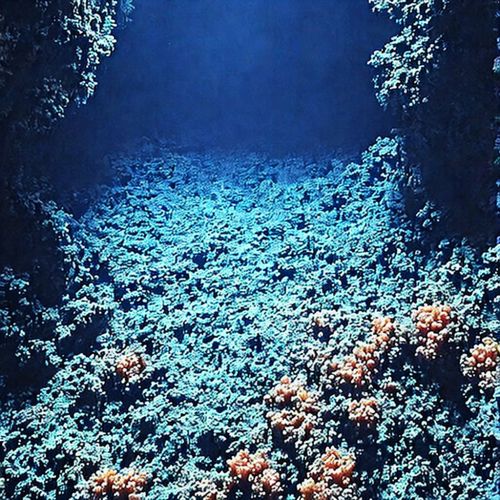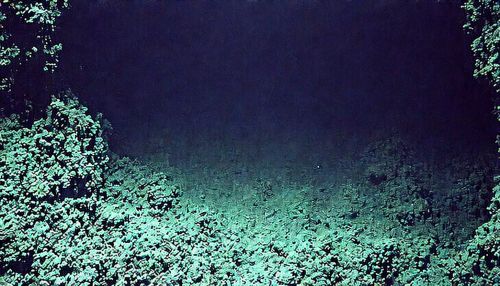Deep Biosphere
Introduction
The deep biosphere refers to the ecosystem that exists deep beneath the Earth's surface, in the subsurface lithosphere and the deep ocean. This biosphere is home to a vast array of microorganisms that have adapted to extreme conditions such as high pressure, high temperature, and lack of sunlight. The deep biosphere is a significant component of the Earth's biomass and plays a crucial role in global biogeochemical cycles.


Discovery and Exploration
The existence of life in the deep biosphere was first proposed in the late 20th century, following the discovery of microbes in deep sea hydrothermal vents. Subsequent research has revealed that the deep biosphere extends to the Earth's subsurface lithosphere, with organisms found in deep rock formations and sub-seafloor sediments. The exploration of the deep biosphere is a challenging task due to the extreme conditions and technical difficulties in accessing these environments.
Microbial Life in the Deep Biosphere
The deep biosphere is dominated by microorganisms, including bacteria and archaea. These organisms have evolved unique metabolic strategies to survive in the extreme conditions of the deep biosphere. Many of these microbes are chemolithotrophs, deriving energy from inorganic compounds. Some deep biosphere microbes are known to be methanogens, producing methane as a metabolic byproduct.
Adaptations to Extreme Conditions
Microorganisms in the deep biosphere have evolved a range of adaptations to survive in extreme conditions. These include the ability to withstand high pressure, high temperature, and lack of sunlight. Many deep biosphere microbes are psychrophiles, capable of surviving at low temperatures, while others are thermophiles, thriving at high temperatures.
Role in Biogeochemical Cycles
The deep biosphere plays a crucial role in global biogeochemical cycles, including the carbon cycle and the nitrogen cycle. Microorganisms in the deep biosphere contribute to the sequestration of carbon, the production of methane, and the fixation of nitrogen. The deep biosphere is also a significant reservoir of biodiversity, with potential implications for our understanding of life's resilience and adaptability.
Future Research Directions
Despite significant advances in our understanding of the deep biosphere, many questions remain. Future research directions include the exploration of uncharted regions of the deep biosphere, the study of microbial diversity and function, and the investigation of the deep biosphere's role in global biogeochemical cycles.
